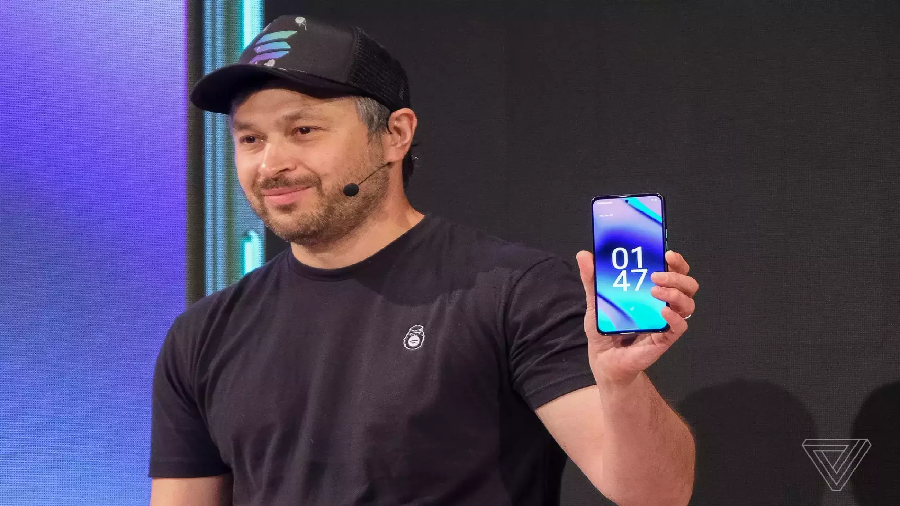Article Reading Time:
2 minutes.

Solana Mobile, a subsidiary of Solana Labs, announced the Saga mobile crypto smartphone, created based on Android software in collaboration with OSOM.
Negative trends in the cryptocurrency marketare forcing leading industry players to look for new ways to attract potential customers, including through technologies that simplify access to user platform functionality. Thus, the Solana blockchain team is placing one of its bets on mobile device owners and the development of Web3 technologies.
The presentation of the Saga smartphone took place inNew York at an event dedicated to the presentation of the Solana Mobile Stack platform for creating mobile applications for Android on Solana. The developers said that the smartphone will be integrated with the Solana blockchain, and will also be equipped with functionality related to crypto wallets and the Solana Mobile Stack software development kit for Web3.
“Almost 7 billion people use smartphonesWorldwide. Of these, more than 100 million people own digital assets – and both of these numbers will continue to grow,” said Solana Labs CEO Anatoly Yakovenko.
Saga's software will includeincludes a pre-installed Web3 dapp store app, Solana Pay for on-chain QR code payments, a mobile wallet adapter, and a Secure Element app for managing private keys. NFT marketplace Magic Eden, Phantom and cryptocurrency exchange Orca have agreed to support Solana's efforts to create new crypto smartphone software.
As follows from the presentation of Solana Mobile,modification of the OSOM OV1 Saga smartphone will have a 6.67-inch OLED display with a frequency of 120 Hz, 512 GB of memory and 12 GB of RAM. The gadget will go on sale in the first quarter of 2023 at a price of about $1,000.
We would like to remind you that in June the independent ratingDeFi Safety downgraded the Solana ecosystem for network downtime, mishandling of archive node information, and poorly designed block explorers.



